Tang Dynasty Culture and The Silk Road
The magnanimity of Tang China is evident only in its cultural expressions, but also in its receptiveness to foreign influences. Extant artifacts of the Tang dynasty indicate that the notion of “global village” was current already at the time. Eurasian cultures learned from one another. Despite the Tang dynasty’s pre-eminence, it was accommodating of other civilizations and religions, and open to trade with them, and readily adopted the best of their arts and crafts. Displaying an extremely high level of sophistication, Tang artifacts provide material evidence of the cosmopolitanism of the period.
The objects in this exhibition range in medium and style. The gold and silver jewelry and vessels, writing implements and painted earthenware figurines embody the sumptuous aesthetics of Tang China. The horse ornaments, bronze mirrors, and pushou knockers reflect the cultural influence of the Western Regions. A bird-shaped lid, on the white-glazed handled pitcher, and other glazed earthenware objects are evidence of China's interactions with faraway Europe. The coins from China and elsewhere, bearing inscriptions and images, demonstrate the rich connections between the various Eurasian regions and are of immeasurable cultural value. The fragments of Buddhist sculptures and tomb inscriptions are precious evidence of the flourishing of Buddhism and other foreign religions in Tang China.
The rich variety of the objects paints a comprehensive picture of Tang China’s relationships with other regions. More than competing, they helped each other grow. All this was possible because of the Silk Road, which arose during the Western Han dynasty and reached its peak during the Tang. This exhibition is no less than a celebration of the Silk Road, along which goods and culture alike travelled. Emissaries and students from Silla and Japan, Tang China’s eastern neighbors, also left their mark.
The objects in this exhibition bespeak the glories of the celestial empire. Let us now travel along the Silk Road together and uncover the cultural riches of the Tang dynasty.


Knockers (Pushou)
R: 31cm(W); 58cm(H)

Knockers (Pushou)
R: 31cm(W); 58cm(H)
Pottery Tomb
Guardian Creatures
R: 31cm(W); 58cm(H)
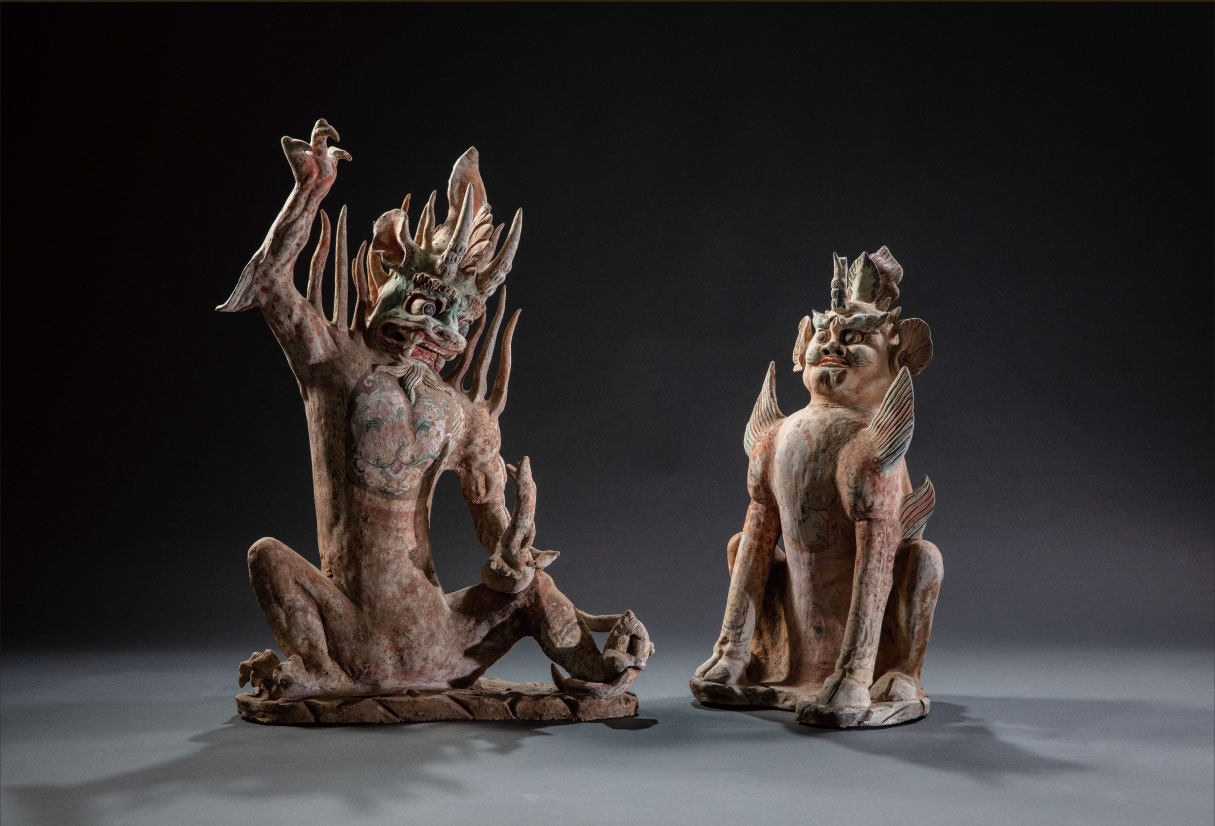
Pottery Tomb
Guardian Creatures
R: 31cm(W); 58cm(H)
Pottery Horses
R: 79cm(W); 76cm(H)

Pottery Horses
R: 79cm(W); 76cm(H)
Grooms
66cm(H); 64cm(H); 62cm(H); 68cm(H)

Grooms
66cm(H); 64cm(H); 62cm(H); 68cm(H)
Court Lady
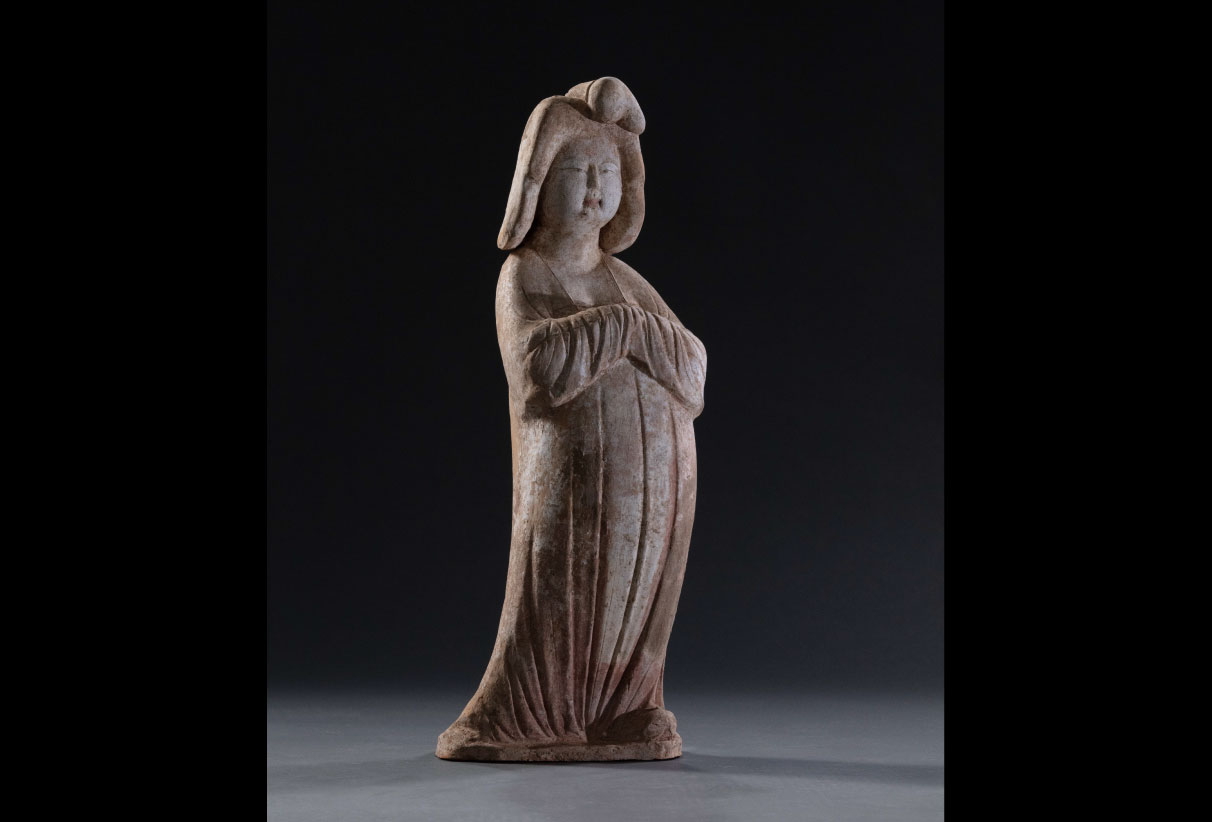
Court Lady
with Auspicious
Creatures
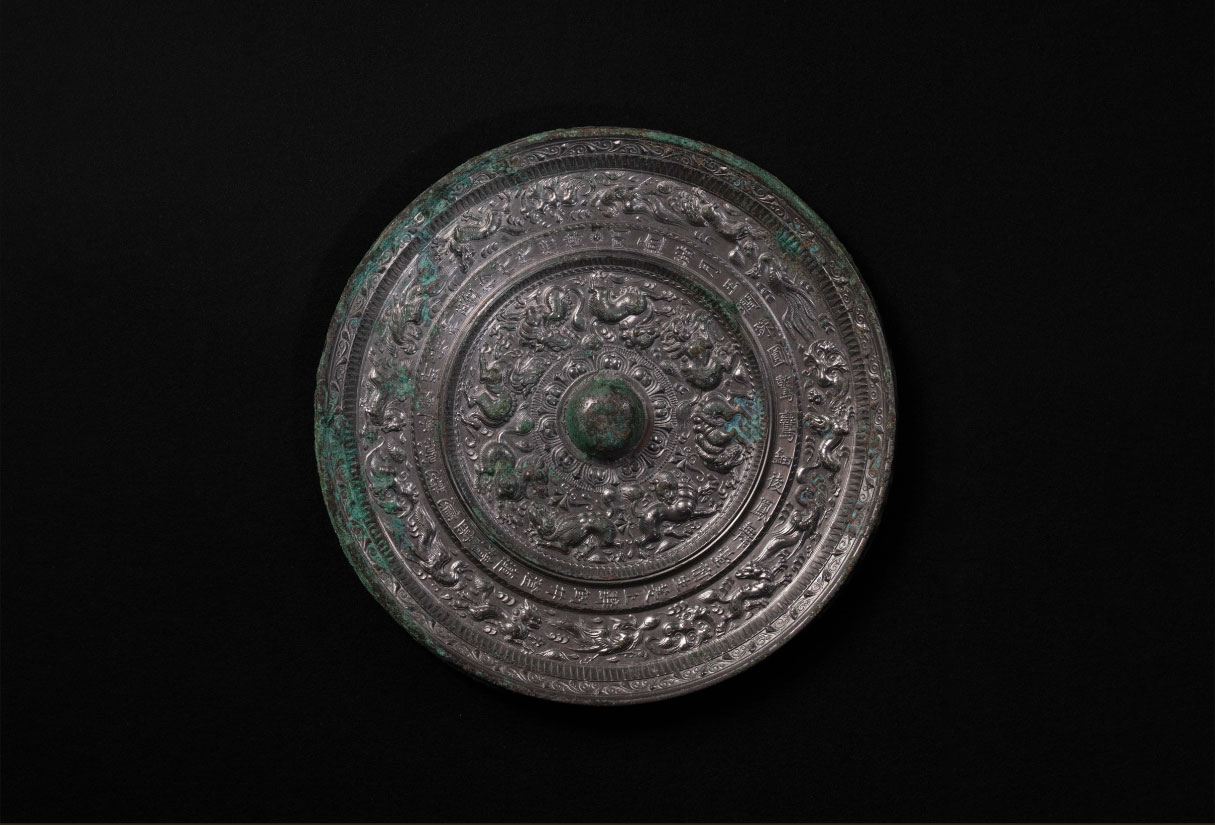
with Auspicious
Creatures
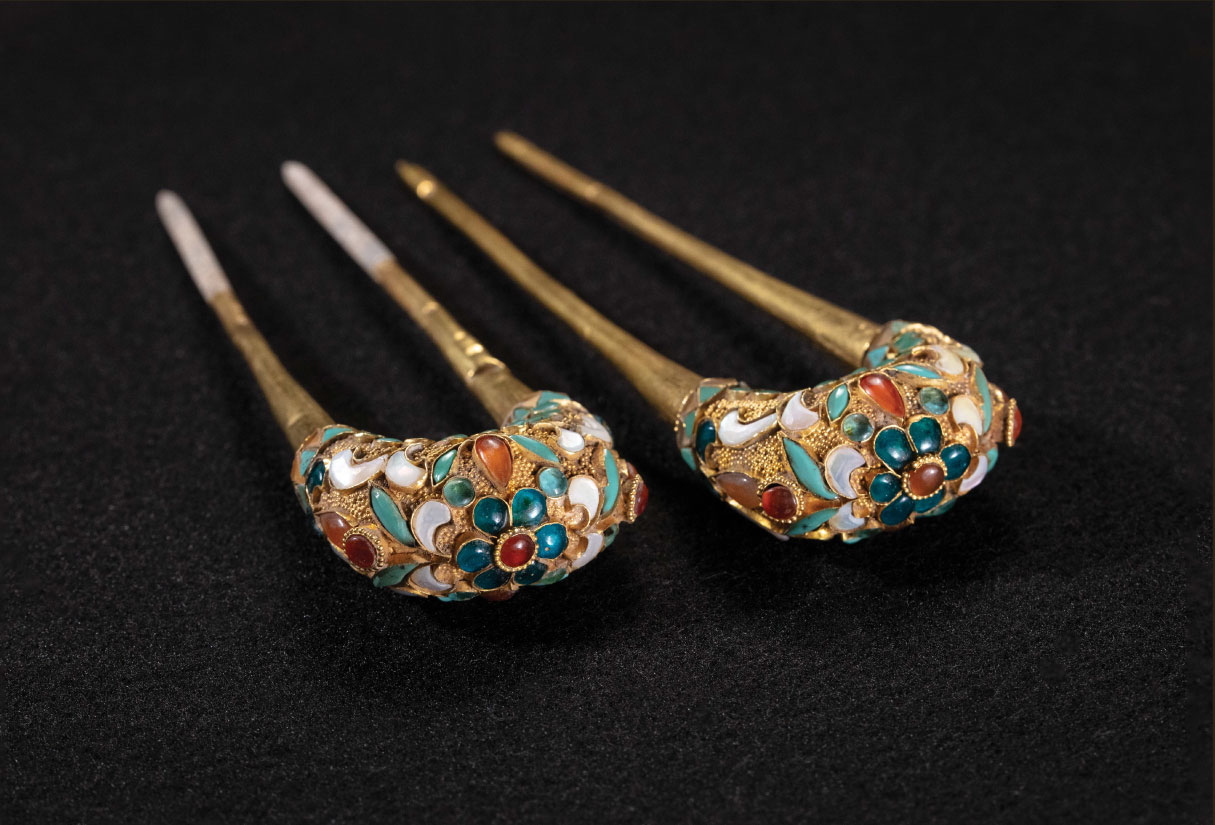
White Glazed
Amphora with
Dragon Handles

White Glazed
Amphora with
Dragon Handles
(circa A.D. 3rd-4th Century)

(circa A.D. 3rd-4th Century)
Gilt-Copper Coin
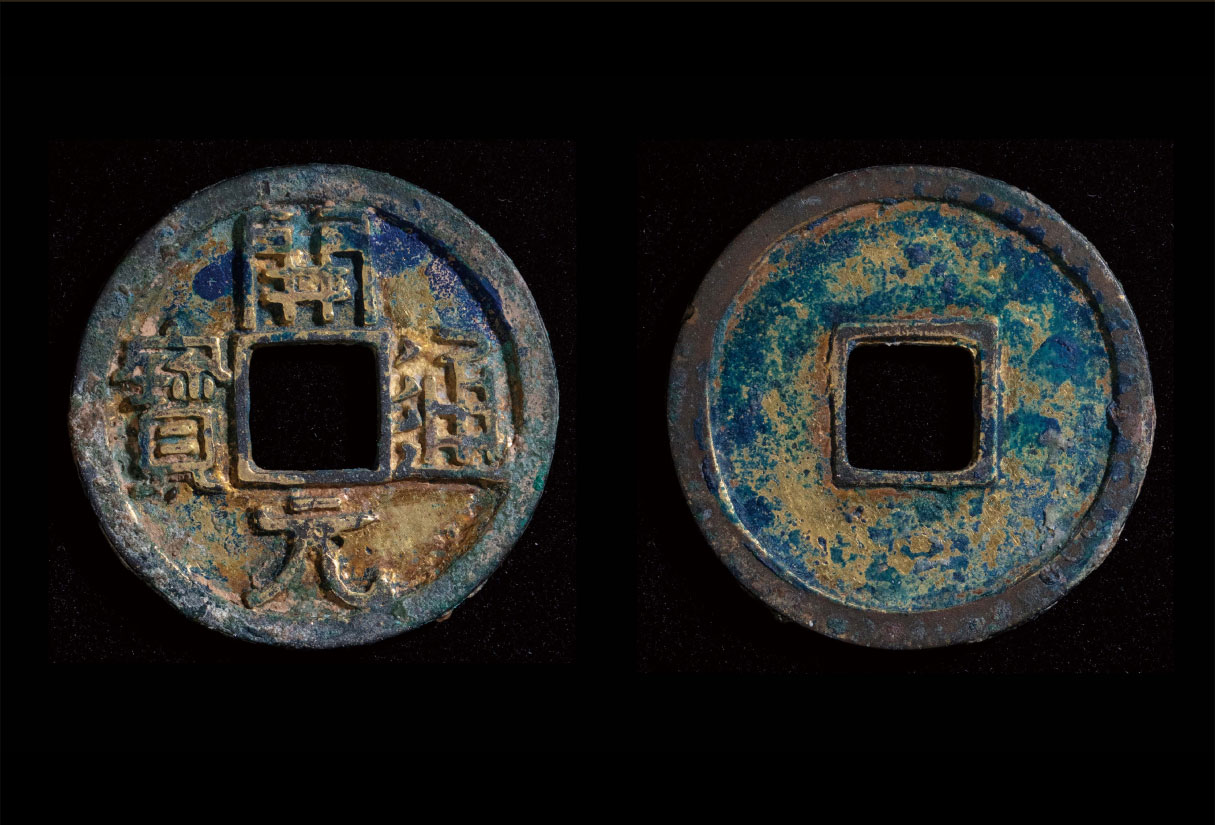
Gilt-Copper Coin

